Mexican Fan Palms in Chincoteague, Virginia
wetsuiter
12 years ago
Related Stories
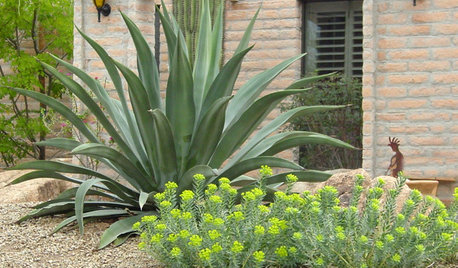
GARDENING GUIDESSouthwest Gardener's September Checklist
Cool weather's coming, so prep for the first frost, swap out plants and get bulbs for spring in the ground now
Full Story
LIFERetirement Reinvention: Boomers Plot Their Next Big Move
Choosing a place to settle in for the golden years? You're not alone. Where boomers are going and what it might look like
Full Story
MOST POPULARMeet a Lawn Alternative That Works Wonders
Carex can replace turfgrass in any spot, is low maintenance and adjusts easily. Add its good looks and you’ve got a ground cover winner
Full Story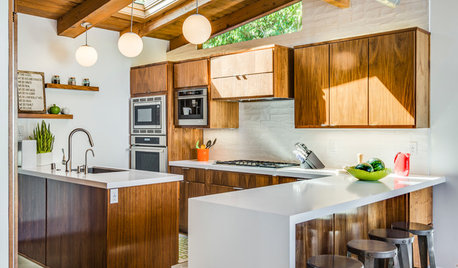
KITCHEN CABINETSNew This Week: 3 Modern Kitchens That Rock Warm Wood Cabinets
Looking for an alternative to bright white? Walnut cabinetry offers the perfect tone to warm things up
Full Story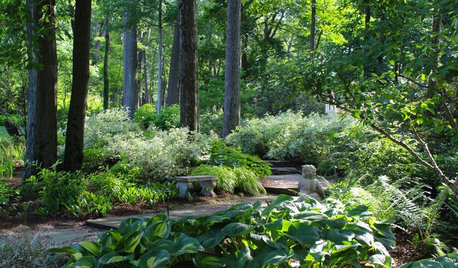
LANDSCAPE DESIGN9 Peaceful Garden Scenes to Bring a Moment of Serenity
Lose yourself in these beautiful gardens and see if any inspire design ideas for your outdoor space
Full Story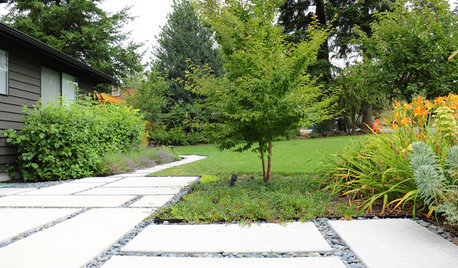
ARBOR DAY10 Trees Landscape Designers Love
In honor of Arbor Day, consider adding a beautiful and beneficial tree species favored by designers around the country
Full StorySponsored
Columbus Area's Luxury Design Build Firm | 17x Best of Houzz Winner!
More Discussions






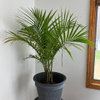
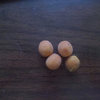
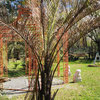
statenislandpalm7a
wetsuiterOriginal Author
Related Professionals
Taylorsville Landscape Architects & Landscape Designers · Bedford Heights Landscape Contractors · Goodlettsville Landscape Contractors · Harrisburg Landscape Contractors · Kerman Landscape Contractors · Kettering Landscape Contractors · Nanuet Landscape Contractors · North Potomac Landscape Contractors · Pine Hills Landscape Contractors · Antioch Landscape Contractors · Boston Window Contractors · Berkeley Window Contractors · Godfrey Window Contractors · Hilton Head Island Window Contractors · Meadow Woods Window Contractorsbrooklyngreg
statenislandpalm7a
wetsuiterOriginal Author
jimhardy
wetsuiterOriginal Author
Hunter_M
wetsuiterOriginal Author
Nate Miller
davidrt28 (zone 7)
davidrt28 (zone 7)